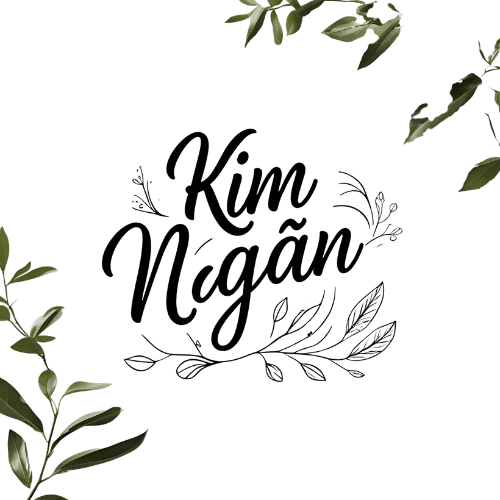🇯🇵 Culture & Traditional Craft in Japan – Where the Hands Remember What the Heart Cannot Forget
🇯🇵 Culture & Traditional Craft in Japan – Where the Hands Remember What the Heart Cannot Forget
Japan Travel Guide – By Themes
In Japan, beauty isn’t rushed.
It’s shaped in silence. Honed in repetition.
And passed down not just through words—but through the hands.
1. Introduction – Why Traditional Craft Still Matters in Japan
In a world of mass production and fast change, Japan still holds on to a different rhythm—one of slowness, precision, and quiet mastery.
To experience Japan’s culture is not just to witness its temples or festivals—it's to sit with an artisan shaping a teacup, or watch a brush dance across rice paper, or feel silk being dyed by hand using centuries-old techniques.
Here, craft is not a trend.
It’s a philosophy. A way of preserving memory, identity, and soul.
2. The Heart of Japanese Culture: Craft as a Way of Life
In Japan, craft is spiritual. It reflects:
Wabi-sabi – the beauty of imperfection and impermanence
Shokunin spirit – devotion to one’s craft, not for fame, but for excellence
Ma – the space between things, the pause that gives form meaning
Tradition as living practice – not frozen in the past, but quietly evolving
Every object—whether a handmade cup or a kimono—carries more than function. It carries story, time, and care.
3. Most Inspiring Traditional Craft Destinations
🏺 Kanazawa (Ishikawa)
A gold-leaf capital and craft treasure trove.
Try: Kaga Yuzen silk dyeing, Wajima lacquerware, and Kutani porcelain painting.
🍵 Uji (Kyoto)
Famous for tea and ceramics.
Join a tea ceremony, visit a traditional kiln, or take a matcha preparation class.
🧵 Kurashiki (Okayama)
Home of indigo dyeing (aizome) and old merchant houses.
Try your hand at making a tenugui (hand towel) or explore Bikan Historical Quarter.
🔪 Seki (Gifu)
A town renowned for samurai swords and fine kitchen knives.
Meet a blacksmith and witness a live forging demonstration.
🪡 Yūki & Kiryu (Kanto region)
Centers of traditional silk weaving and kimono-making.
Visit local studios to learn about kasuri patterns and hand-loom techniques.
🖌 Tokyo’s Yanaka District
Wander streets lined with workshops: woodblock printing, paper-making, and incense crafting.

4. Hands-On Cultural Experiences You Can Join
Tea ceremony (sadō) – grace, patience, and quiet hospitality
Calligraphy (shodō) – brush, ink, breath, and flow
Ikebana (flower arranging) – simplicity meets symbolism
Indigo dyeing – create a scarf or handkerchief with your own pattern
Pottery class – shape and glaze your own tea bowl or sake cup
Kimono dressing or weaving workshop – feel the weight of fabric and history
Traditional cooking class – from miso making to wagashi (Japanese sweets)
These are not just “activities”—they are ways of slowing down and reconnecting with your senses.
5. Suggested Itinerary – 6 Days Through Japan’s Living Heritage
Day 1 – Tokyo: Calligraphy class in Yanaka + visit a washi paper studio
Day 2 – Kanazawa: Gold-leaf experience + Kutani ceramics workshop
Day 3 – Kyoto: Tea ceremony + kimono experience + visit to Nishijin textile district
Day 4 – Kurashiki: Indigo dyeing + stroll in the Bikan canal quarter
Day 5 – Seki: Knife forging demo + visit samurai sword museum
Day 6 – Return to Tokyo or extend to Uji or Takayama for more rural immersion
6. Tips for a Meaningful Craft Journey
Choose small workshops over tourist factories
Be present – crafting requires attention and openness
Ask questions – even through translation, stories shine through
Buy directly from the maker – it supports tradition and deepens connection
Take fewer souvenirs—but make them meaningful
Let go of perfection – the beauty is in the process
7. FAQs & Sample Budget
Do I need to speak Japanese for workshops?
Many offer basic English support or have visual demonstrations. A smile and curiosity go a long way.
Is it expensive to join cultural activities?
Prices range widely:
– Basic class: $20–40
– Private workshop: $60–150
– Premium artisan experience: $200+
Estimated daily cost:
– Budget: $70–100/day (cultural passes, local transport, community classes)
– Mid-range: $120–180/day (studio visits, curated experiences)
– Luxury: $200+/day (one-on-one workshops, guided cultural tours)
Craft in Japan is slow for a reason.
Because what’s made with care stays longer—in your hands, and in your heart.
A cup. A scarf. A folded paper crane.
They may seem simple. But they carry a thread of something timeless.
And that’s what you bring home—not just the object, but the stillness it taught you.
Thank you for walking gently through the art and soul of Japan with me.
May your own hands carry this softness into whatever you create next.
👉 This is the final piece in the Japan Travel Guide – By Themes series. Explore the full collection on the blog for more quiet journeys through Japan.
With heart and quiet wonder,
Kim Ngân – storyteller & slow traveler
